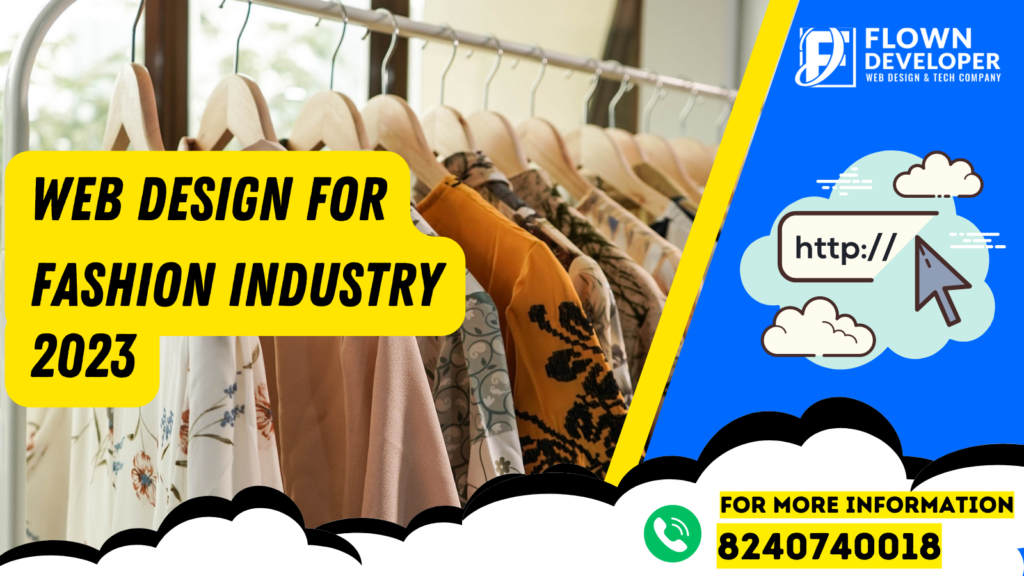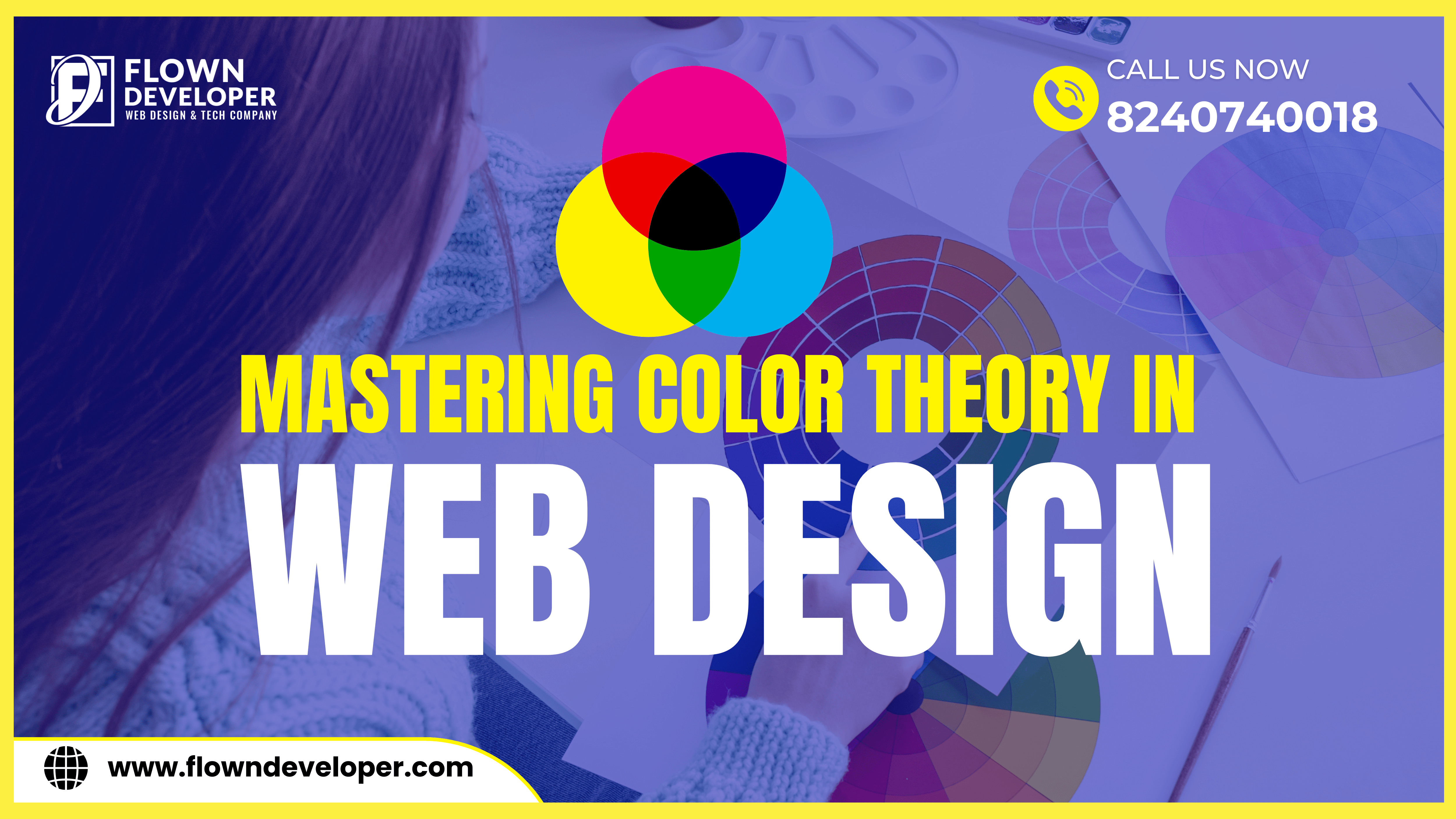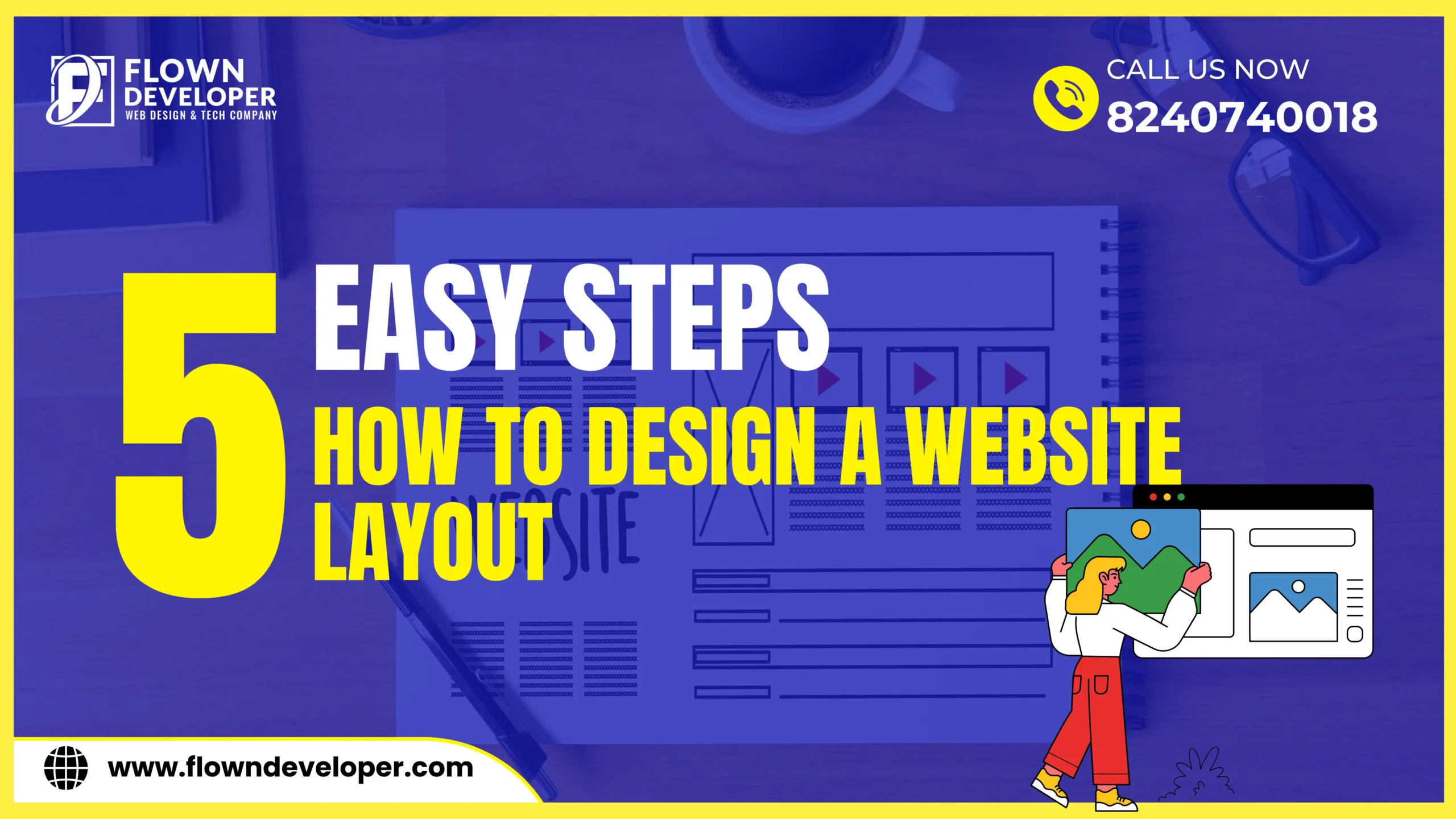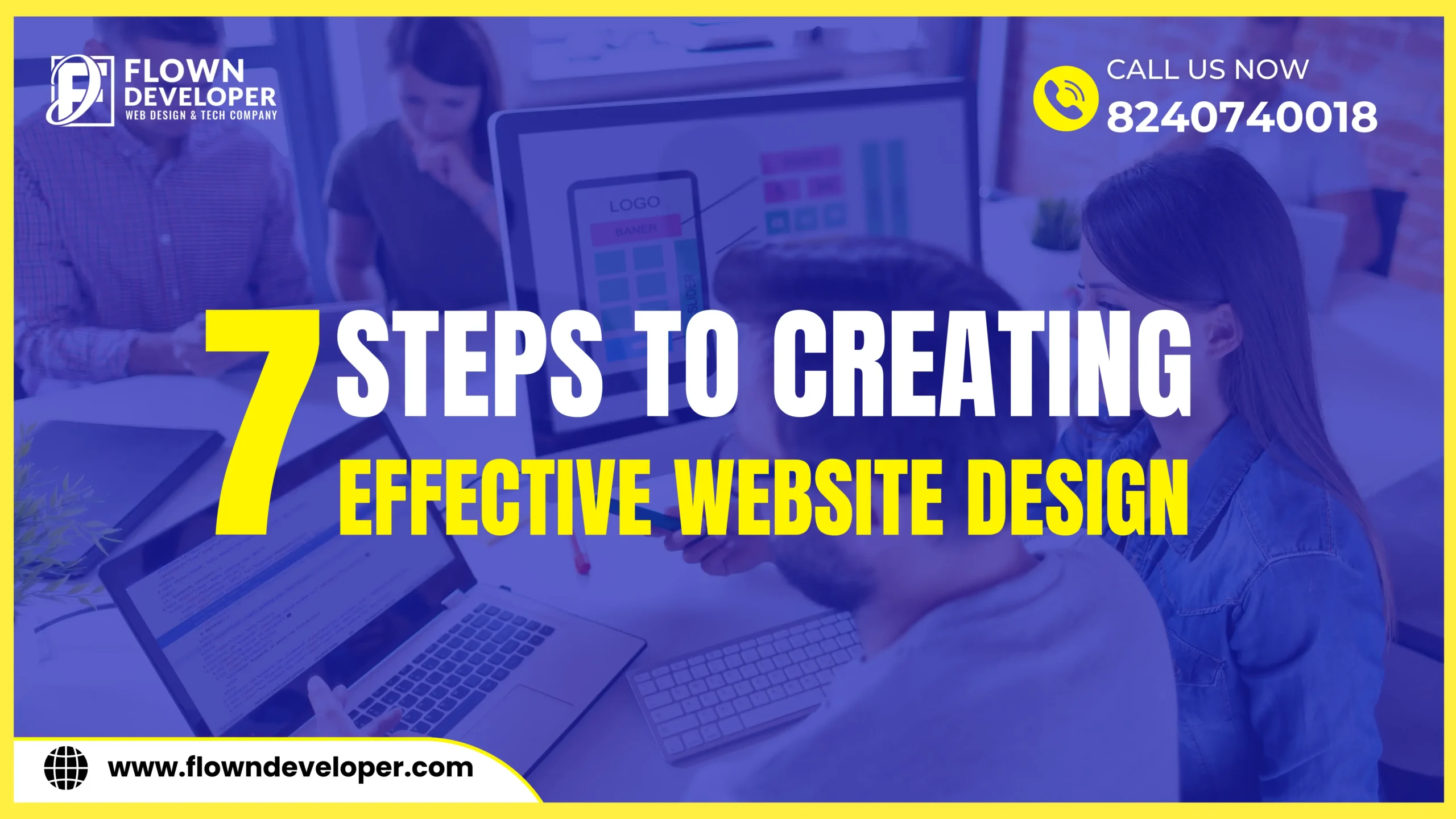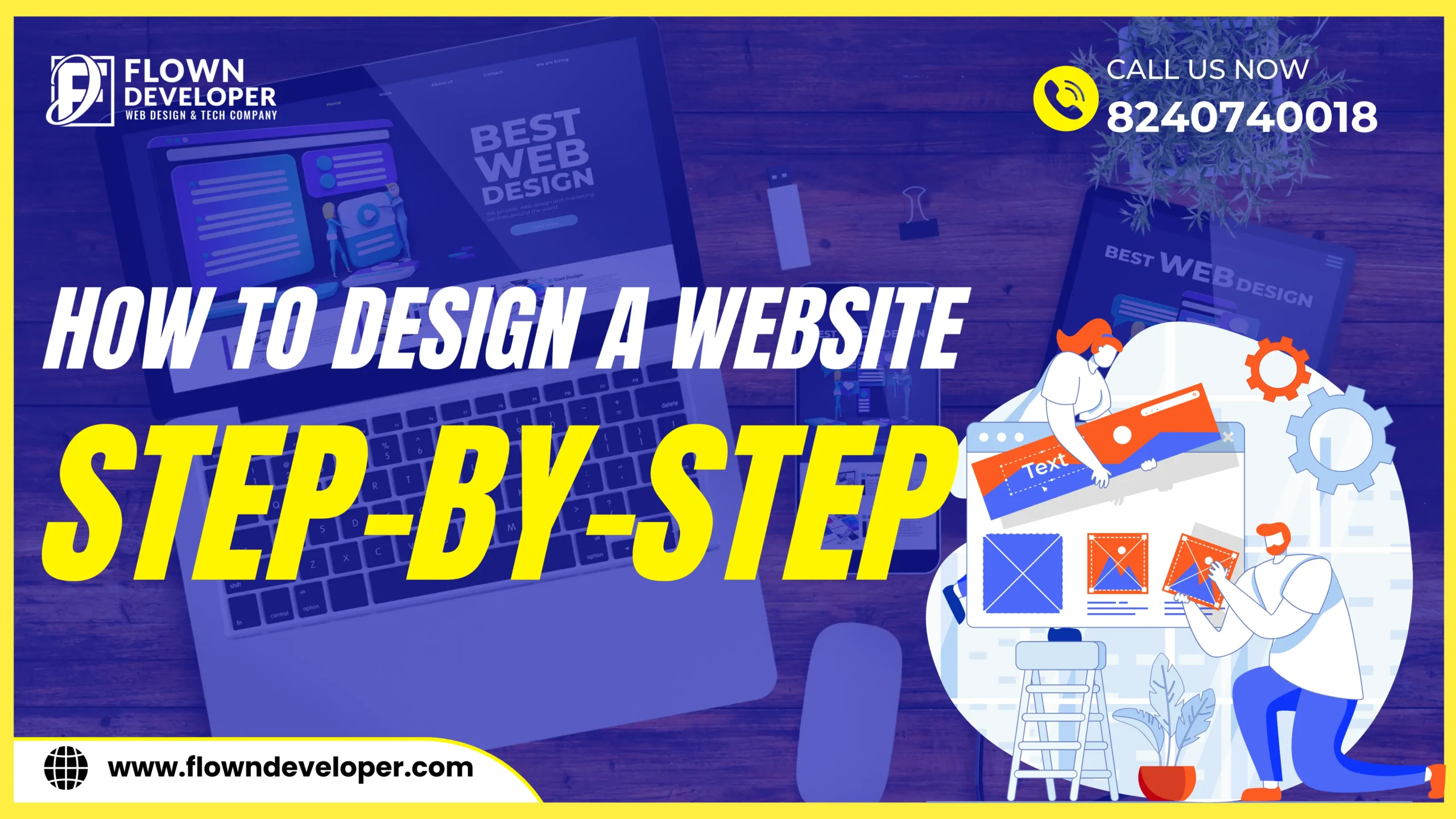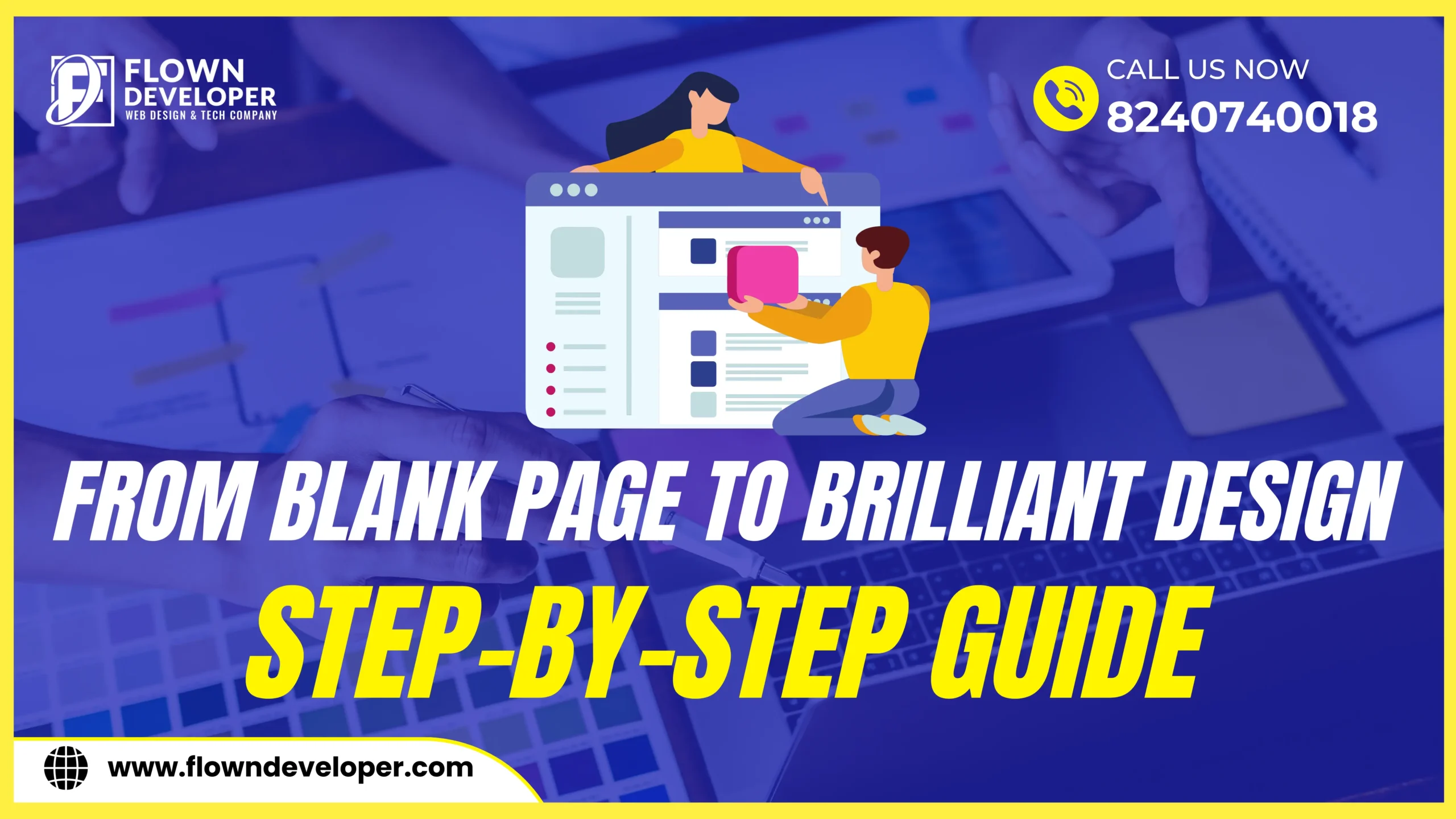Introduction to Web Design for Fashion
Fashion website design is crucial to creating the best fashion ecommerce platform.
When designing a fashion website, it is essential to consider the overall user experience and the site’s visual appeal.
A well-designed fashion website attracts customers and enhances their shopping experience.
One way to achieve this is by using a template designed for fashion websites.
Templates offer a ready-made structure that can be customized to suit the aesthetics of the fashion brand.
Design ideas that align with the brand’s image and target market can also be incorporated to create a unique and visually appealing website.
With the right combination of fashion website design and ecommerce functionality, fashion brands can effectively showcase their products and engage with potential customers.
Analyzing Fashion Website Trends
Analyzing fashion website trends is crucial for staying ahead in the ever-evolving fashion industry.
The best fashion website designs capture the brand’s essence and provide an enjoyable user experience.
Fashion web design goes beyond aesthetics; it also includes functionality and navigation.
An ecommerce website that sells fashion products must be seamless and intuitive, making it easy for customers to explore and make purchases.
To determine the best fashion web designs, it is essential to consider various elements, such as layout, color palette, typography, and visual elements.
These aspects should reflect the brand’s identity and target audience.
Moreover, staying updated with the latest trends in fashion web design is crucial to maintain a competitive advantage.
Current design trends like minimalist aesthetics, bold typography, and responsive design often influence the best fashion web design ideas.
By analyzing fashion website trends, designers and brands can gather inspiration, identify best practices, and innovate their website designs.
In an industry as fast-paced as fashion, a thoughtfully designed website can significantly impact attracting and retaining customers.
Hence, understanding and implementing the latest website design ideas is essential for success in the fashion market.
Colors and Typography
Colors and typography play a substantial role in design, particularly in the context of fashion websites. Selecting the appropriate color combination can evoke specific moods or emotions, and typography establishes the tone while enhancing the overall visual allure.
Design elements like font size, style, and spacing substantially influence a website’s readability and user experience.
For fashion websites, choosing colors and typography that align with the brand’s identity and target audience is essential.
Design examples can include using bold and vibrant colors to create an energetic and youthful vibe or softer pastel tones for a more elegant and sophisticated feel.
Looking for fashion website design inspiration is essential to stay on top of the latest trends and incorporate fresh ideas.
Good website design ideas can be derived from other successful fashion sites, showcasing innovative and visually appealing color and typography choices.
In the end, a well-designed fashion site that employs the right colors and typography will captivate the audience and communicate the brand’s message effectively.
High-Quality Visuals and Media
In the fashion industry, visual appeal is paramount.
This section highlights the significance of using high-resolution images and videos on fashion websites.
It also explains how to optimize media for faster loading times without compromising quality, as visuals convey brand aesthetics and effectively showcase products.
In today’s digital age, high-quality visuals and media play a crucial role in the success of a clothing website or fashion business.
With the rise of e-commerce fashion, where consumers are increasingly shopping online for their favorite clothing brands, it has become essential for fashion companies to invest in visually appealing content.
When visitors land on a clothing website, the first thing that catches their eye is the imagery used.
This is why having high-quality visuals is the best way to get the attention of potential customers.
A clothing brand can attract visitors by showcasing stunning and aesthetically pleasing visuals.
The importance of high-quality visuals cannot be understated, as they create an emotional connection and effectively communicate the message and values of the fashion brand.
Many fashion brands are vying for consumers’ attention in today’s highly competitive market.
A clothing website needs to utilize high-quality visuals and media to stand out from the crowd.
By integrating visually captivating photographs, videos, and graphics, a fashion company can set itself apart from competitors and create a memorable impact on its intended audience.
High-quality visuals also help build trust and credibility, showcasing the fashion brand’s attention to detail and professionalism.
Overall, in fashion e-commerce, high-quality visuals and media are paramount.
They can attract and engage visitors, inspire them to make a purchase, and ultimately contribute to the success of a clothing website or fashion business.
By investing in visually appealing content, a fashion brand can elevate its online presence and leave a lasting impression on its audience.
Crafting Intuitive User Interface (UI)
Crafting an intuitive user interface (UI) is crucial for creating the world’s best website.
When a visitor lands on a webpage, the first thing they notice is the visual appeal.
Like a fashion house that carefully designs displays to attract customers, modern fashion website designs must consider the visitor’s eye.
Creating an intuitive UI has become more critical in ever-growing web development.
An online store with a confusing and cluttered interface will only frustrate visitors and drive them away.
Therefore, designers must focus on creating a minimalist design that is visually appealing yet easy to navigate.
A great design captures visitors’ attention and seamlessly guides them through the website.
When it comes to UI, less is often more.
By emphasizing simplicity and clarity, designers can ensure the visitor’s enjoyable and efficient experience.
This approach also highlights the products on the website, allowing potential customers to focus on their interests.
Additionally, intuitive UIs make it easier for visitors to find what they want, increasing sales and customer satisfaction.
Balancing visual appeal and functionality is crucial in the competitive online fashion world.
With an intuitive UI, fashion websites can enhance the user experience and establish themselves as pioneers in the industry.
Showcasing Products and Collections
Fashion Week is a greatly anticipated event that furnishes designers with a platform to showcase their products and collections.
These shows allow creative minds to display inspirational fashion pieces, from unique designs to luxury fashion.
In today’s digital age, websites have become famous for exhibiting these stylish fashions to a broader audience.
Websites often use a combination of high-quality images and videos to capture the essence of the products being showcased.
By incorporating visuals such as videos, designers can effectively communicate the movement and details of their designs in a way that static images cannot.
These videos also add an extra layer of excitement and engagement for viewers.
However, paying particular attention to the quality of the content displayed on the website is essential.
Using high-quality images and visually captivating videos can create a favorable impression of the brand and the showcased products.
At the same time, simplicity plays a crucial role in effectively showcasing products and collections.
A simple but effective website design will ensure that the focus remains on the fashion pieces, allowing the audience to appreciate the beauty and creativity of the designs fully.
Overall, websites have become a powerful tool for designers to showcase their products and collections, and incorporating high-quality visuals is essential for creating a visually captivating experience for viewers.
Building Effective Product Pages
The enchantment occurs on the product page, transforming visitors into satisfied customers. This section outlines the key components of a compelling product page layout and how to use product descriptions and storytelling to engage customers. It also emphasizes the importance of customer reviews and social proof elements in building trust.
A well-designed product page is crucial for converting website visitors into paying customers. This is the page where the magic happens, where customers decide to purchase your product. It is essential to craft your product page layout to maximize conversions carefully.
The critical components of a compelling product page layout include the following:
1. Product Images: High-quality images that showcase the product from different angles and provide a clear view of its features are essential. Use professional photography or well-designed product renders to make your product visually appealing.
2. Product Descriptions: Compelling and detailed product descriptions help customers understand the value and benefits of your product. Employ clear and succinct language to emphasize the essential features and elucidate how they address the customer’s concerns.
3. Storytelling: Incorporate storytelling techniques to captivate customers and forge an emotional bond with the product. Share the story behind its creation, highlight its unique qualities, and explain how it can improve the customer’s life.
4. Call-to-Action (CTA): Your product page should have a clear and prominent CTA button, such as “Add to Cart” or “Buy Now,” that stands out and encourages customers to take action.
5. Pricing and Promotions: Display the product price and any promotions or discounts available. Ensure the pricing information is easily visible and transparent to avoid confusion or hesitation.
6. Customer Reviews: Encourage customers to leave and display reviews prominently on the product page. Cheerful customer reviews help build trust and credibility, reassuring potential customers that others have had a positive experience with your product.
7. Social Proof: Incorporate social proof elements, such as testimonials, star ratings, or the number of customers who have purchased the product. This further increases trust and confidence in your product.
8. Clear Product Variations: If your product has different options, such as colors, sizes, or models, make it easy for customers to select their preferred choice. Use clear labels and visual cues to guide them through the selection process.
9. Related Products: Recommend products or accessories that complement the main product. This can increase the average order value and provide customers with additional options.
10. Mobile-Friendly Design: With most internet traffic coming from mobile devices, ensuring your product page is optimized for mobile viewing is essential. Ensure the layout and images are responsive and load quickly on mobile devices.
By focusing on these critical components and following best practices, you can create a compelling product page that engages customers, builds trust, and increases conversions. Assuring potential customers that your product is valuable, reliable, and trusted will significantly improve their likelihood of purchasing.
Shopping Cart and Checkout Process
A smooth shopping cart and checkout process are essential for increasing conversions. This section provides strategies for simplifying the shopping cart interface and reducing cart abandonment rates. Integrating secure payment gateways and trust-building elements reassures customers during the checkout process.
1. Streamline the shopping cart interface: Create a clean and intuitive layout for your page. Use clear headings, product images, and concise descriptions. Make it easy for customers to adjust quantities and remove items from their carts.
2. Provide a progress indicator: Display the steps involved in the checkout process (e.g., cart review, shipping information, payment details). This helps customers understand where they are in the process and reduces confusion or frustration.
3. Offer guest checkout: Only some people want to create an account before purchasing. Provide an option for customers to checkout as guests, requiring only essential information. Later, you can allow them to create an account for more personalized experiences.
4. Simplify form filling: Reduce the form fields required during checkout. Only ask for essential information like shipping address, email, and payment details. Use autofill or address lookup services to make it easier for customers to input their information accurately.
5. Optimize mobile experience: With more and more customers shopping on mobile devices, ensure your shopping cart and checkout process are mobile-friendly. Use responsive design to ensure easy navigation and seamless functionality across different screen sizes.
6. Display trust-building elements: Show trust seals, security badges, and customer reviews to build confidence in your website’s security and credibility. This reassures customers that their personal and payment information is secure.
7. Implement secure payment gateways: Integrate trusted and secure ones like PayPal or Stripe. This provides customers various payment choices and adds a layer of security to the checkout procedure.
8. Provide real-time shipping information: Display estimated delivery dates and provide tracking details whenever possible. This transparency helps to manage customer expectations and reduces uncertainty.
9. Offer multiple payment options: Some customers prefer specific payment methods. You can accommodate varying preferences and enhance conversion rates by providing diverse payment alternatives like credit cards, debit cards, digital wallets, or installment plans.
10. Enable one-click purchasing: Incorporate a functionality that enables customers to store their payment and shipping details for future transactions.
This simplifies the checkout process for returning customers, thereby promoting repeat purchases.
By implementing these tactics, you can establish a seamless and reliable shopping cart and checkout process, fostering a sense of trust that motivates customers to finalize their purchases and lowers the cart abandonment rate.
Mobile Optimization and Responsiveness
The prevalence of mobile devices demands a mobile-first approach to web design. This section highlights the significance of designing for different screen sizes and ensuring a consistent user experience across devices. Fashion brands must test and optimize their websites to accommodate mobile-savvy audiences.
Search Engine Optimization (SEO) for Fashion Websites
Implementing search engine optimization (SEO) strategies for fashion websites is essential for enhancing visibility and attracting traffic to the site.
In the fashion industry, competition is fierce, with countless websites vying for attention.
Therefore, optimizing fashion websites to stand out from the crowd is essential.
A critical aspect of SEO is keyword research.
By identifying and integrating pertinent keywords into the website’s content, fashion websites can enhance their likelihood of attaining higher rankings in search engine results.
Enhancing the website’s visibility and drawing more clicks from search engine users can be achieved by optimizing its meta tags, encompassing the title and meta descriptions.
Optimizing website images using descriptive file names and alt tags is crucial, as it can improve search engine rankings.
Another crucial factor in fashion website SEO is ensuring the site is mobile-friendly.
In today’s digital landscape, where many users access websites via mobile devices, a responsive design that seamlessly adjusts to various screen sizes is imperative for delivering an optimal user experience and sustaining engagement. This guarantees a smooth and user-friendly encounter for all visitors.
Furthermore, building high-quality inbound links from reputable fashion websites can boost the site’s credibility and improve its search engine rankings.
In summary, SEO for fashion websites involves:
Conducting thorough keyword research.
Optimizing meta tags and images.
Ensuring a mobile-friendly design.
Building quality backlinks.
By implementing these strategies, fashion websites can improve their visibility and increase their chances of attracting organic traffic.
Integrating Social Media and Influencer Marketing
Social media is a potent tool for fashion brands to amplify their online presence. This section emphasizes the importance of social media integration and collaborating with influencers to promote fashion brands. The evaluation of the influence of social media campaigns on web traffic is also addressed.
Enhancing Website Performance and Speed
Website performance directly impacts user experience and search rankings. This section guides fashion brands on conducting website speed audits and implementing performance optimizations. Content delivery networks (CDNs) and caching techniques are discussed to ensure faster load times.
Creating Engaging Content for Fashion Blogs
Compelling content forms the foundation of a thriving fashion blog. This section helps fashion brands develop content strategies aligned with their brand values. It explores crafting compelling fashion-related articles and blog posts, incorporating visuals and multimedia for enhanced engagement.
Accessibility and Inclusivity in Web Design
Web design should be inclusive, catering to users with disabilities. This section emphasizes the importance of designing accessible features without compromising on aesthetics. Fashion brands must ensure their websites are accessible to everyone, creating a positive and inclusive brand image.
Analytics and Data-Driven Improvements
Web analytics provide valuable insights into user behavior. This segment delves into how fashion brands can leverage web analytics tools to monitor user interactions and make informed decisions based on data. A/B testing and user feedback are essential for continuous web design and user experience improvement.
Engaging Email Marketing Campaigns
In today’s digital age, crafting an engaging email marketing campaign has become essential for driving customer engagement, increasing brand awareness, and boosting sales. That’s where we come in. We have a team of creative experts who understand the nuances of email marketing and are committed to delivering compelling campaigns that resonate with your target audience.
Here are some key reasons why partnering with us for your email marketing needs will revolutionize your business:
1. Personalized Approach: We understand that effective email marketing is about delivering the right message to the right person at the right time. Our team excels at creating highly personalized campaigns that cater to your audience’s unique preferences and interests, maximizing engagement and conversions.
2. Eye-catching Designs: A visually appealing email is more likely to capture your recipients’ attention and entice them to take action. Our designers are adept at creating stunning email templates that align with your brand identity, ensuring your emails stand out in crowded inboxes.
3. Compelling Copywriting: Our team of skilled writers knows how to craft compelling email content that grabs attention, tells your brand story, and ultimately drives conversions. We understand the importance of maintaining your brand’s voice in all communications while pushing the right buttons to motivate action.
4. A/B Testing and Analytics: We believe in data-driven decision-making. That’s why we conduct A/B testing on various elements of your email campaigns to identify what works best for your audience, ensuring optimal performance. Our comprehensive analytics and reporting provide valuable insights into the success of your campaigns, allowing us to fine-tune strategies for continuous improvement.
5. Automation and Segmentation: We leverage advanced automation tools to streamline your email marketing campaigns, saving you time and effort. With segmentation, we can effectively target different segments of your audience with tailored content, delivering a personalized experience for each recipient.
Maximize your business potential by entrusting your email marketing campaigns to us. Our expertise, creativity, and dedication to your success are unmatched in the industry.
Incorporating Virtual Try-On and Augmented Reality (AR)
The rise of virtual try-on experiences has revolutionized the fashion industry. This section explores the implementation of AR technology for interactive product visualization. Fashion brands can enhance customer satisfaction and increase conversion rates through virtual try-on.
Security and Privacy in Fashion E-Commerce
Building trust through secure online transactions is essential in an age of cyber threats. This section delves into complying with data protection regulations and communicating security measures to reassure customers. Strong security measures foster trust and confidence in fashion e-commerce.
Summary: Designing a Fashion-Forward Web Presence
This concluding section recapitulates vital web design principles for the fashion industry. It underscores the importance of user-centric design strategies to create an impactful online presence. As fashion evolves, so must web design, envisioning a future where innovative design concepts reign.
In conclusion, crafting a compelling web design for the fashion industry requires a blend of aesthetics, user experience, and a clear understanding of the target audience. By adopting contemporary trends, creating content, and ensuring accessibility, fashion brands can develop captivating digital experiences that strike a chord with their audience and propel them toward success in the fiercely competitive fashion landscape.
